America’s highways are dotted with small towns harboring extraordinary collections celebrating the quirky and obscure corners of the human experience. Behind unassuming storefronts, passionate curators have assembled exhibits ranging from the charmingly specific to the downright bizarre.
These off-the-beaten-path destinations offer travelers authentic glimpses into American eccentricity and our collective obsession with preserving unexpected aspects of culture.
Here is a list of unusual museums in small-town America worth the detour on your next road trip.
The Spam Museum
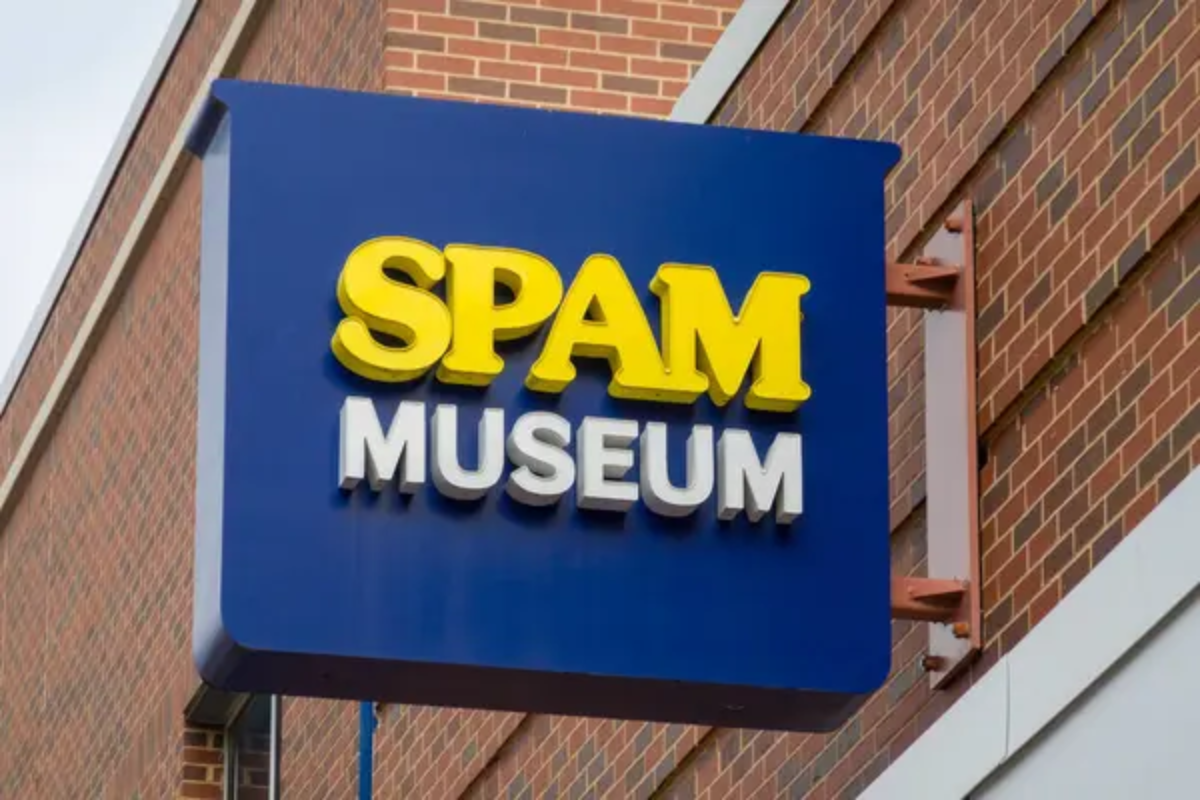
In Austin, Minnesota, a 14,000-square-foot temple dedicated to the iconic canned meat product awaits curious visitors and Spam enthusiasts alike. Interactive exhibits trace Spam’s journey from its 1937 creation to its global cultural impact, including its unexpected popularity in South Korea and Hawaii.
The museum’s ‘Spambassadors’ guide visitors through taste tests and photo opportunities with giant Spam cans, making this free attraction a surprisingly engaging stop in America’s heartland.
International Banana Museum
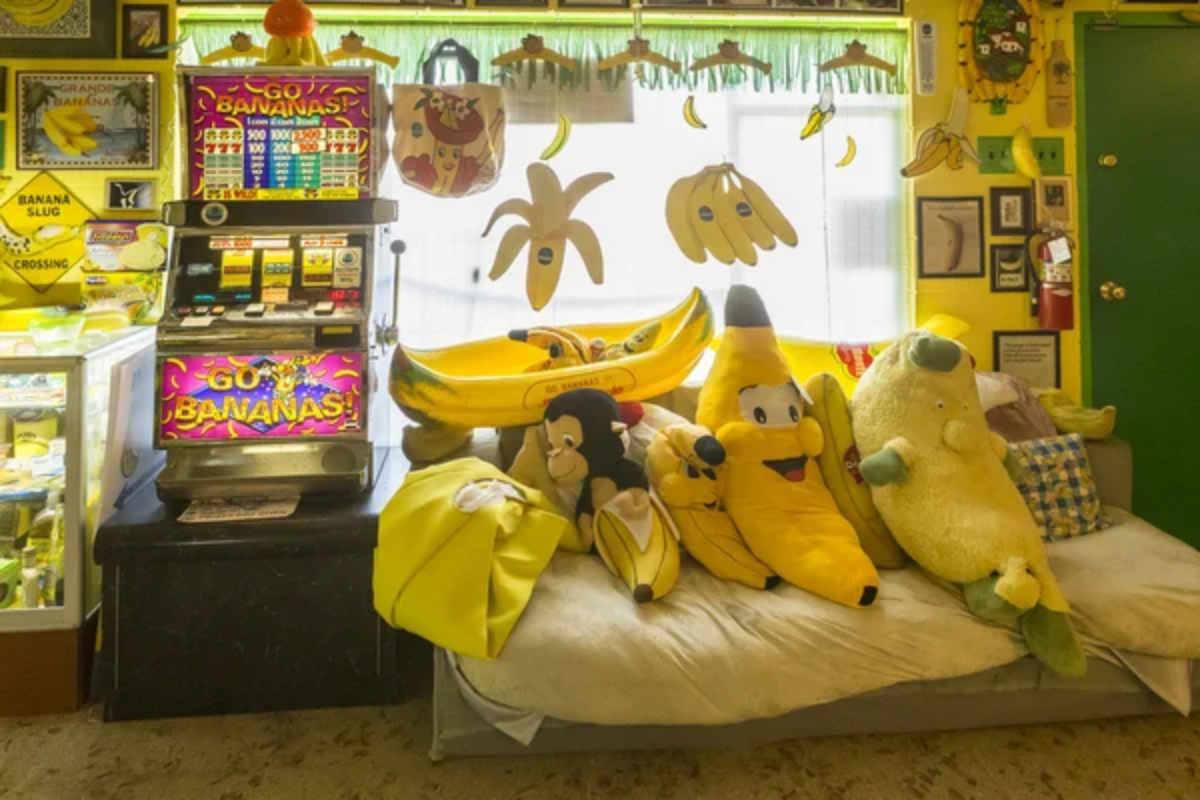
The world’s largest collection dedicated to a single fruit resides in the tiny desert community of Mecca, California, just a short drive from the Salton Sea. Over 25,000 banana-themed items fill this yellow-splashed space, from banana-shaped harmonicas to vintage banana-branded advertisements.
Visitors can cool down with a banana milkshake at the soda fountain while contemplating the owner’s impressive dedication to this potassium-rich obsession.
Like Travel Pug’s content? Follow us on MSN.
Tinkertown Museum
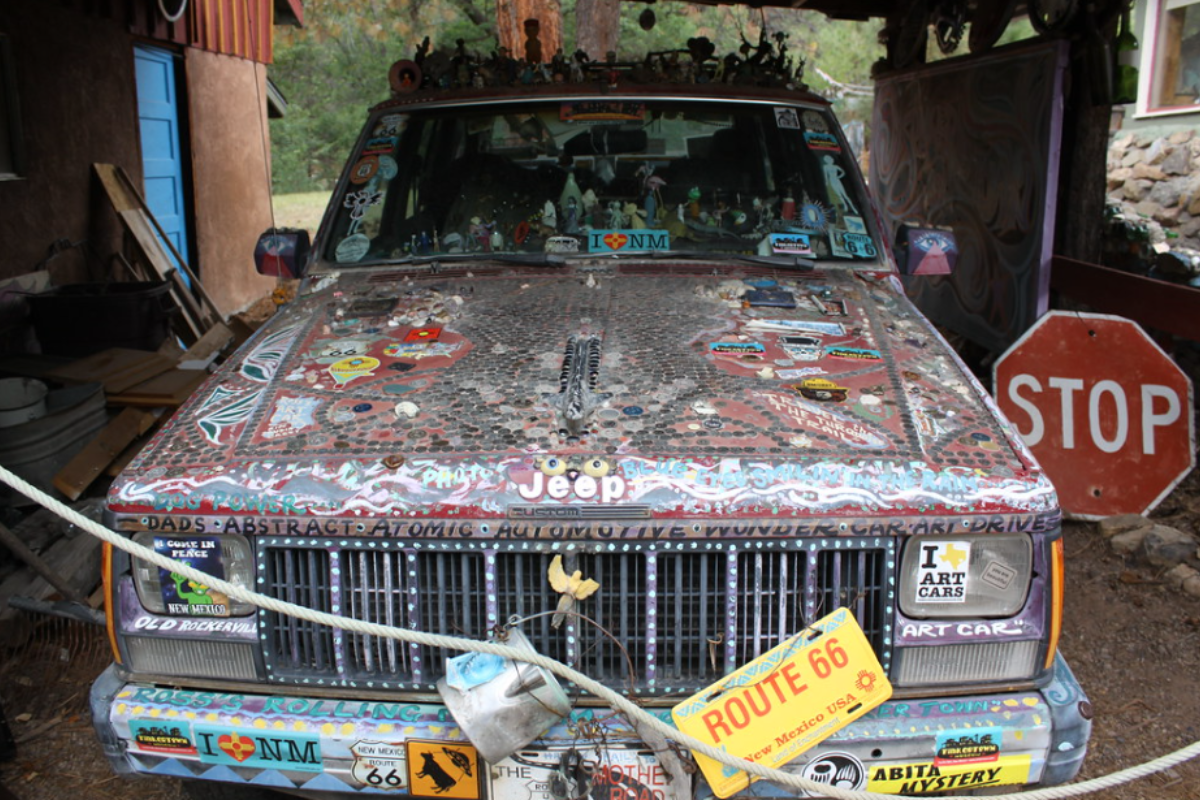
Just east of Albuquerque in Sandia Park, New Mexico lies a hand-built wonderland comprising over 50,000 glass bottles and a lifetime of intricate wood carvings. Creator Ross Ward spent over 40 years crafting miniature carved wooden citizens, animated western towns, and circus displays that whir and move with the press of a button.
The museum’s winding pathways reveal unexpected treasures, from antique wedding cake toppers to boats that sailed worldwide.
Mütter Museum
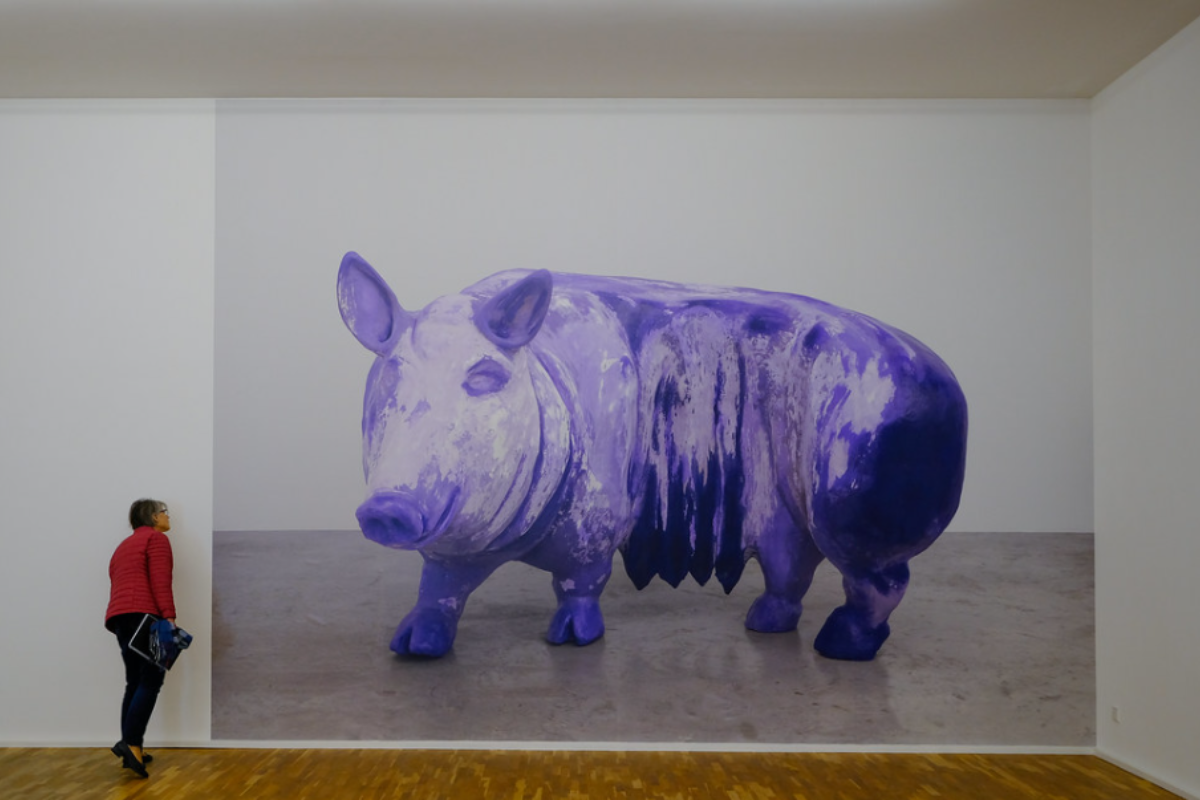
Philadelphia’s most macabre attraction houses an astonishing collection of medical oddities, anatomical specimens, and antique medical equipment inside the College of Physicians of Philadelphia. Visitors can examine preserved body parts in fluid-filled jars, including sections of Einstein’s brain and 2,000 objects removed from people’s throats.
The museum’s mahogany and glass display cases give the space a Victorian atmosphere that adds to the unsettling but educational experience.
The National Museum of Funeral History
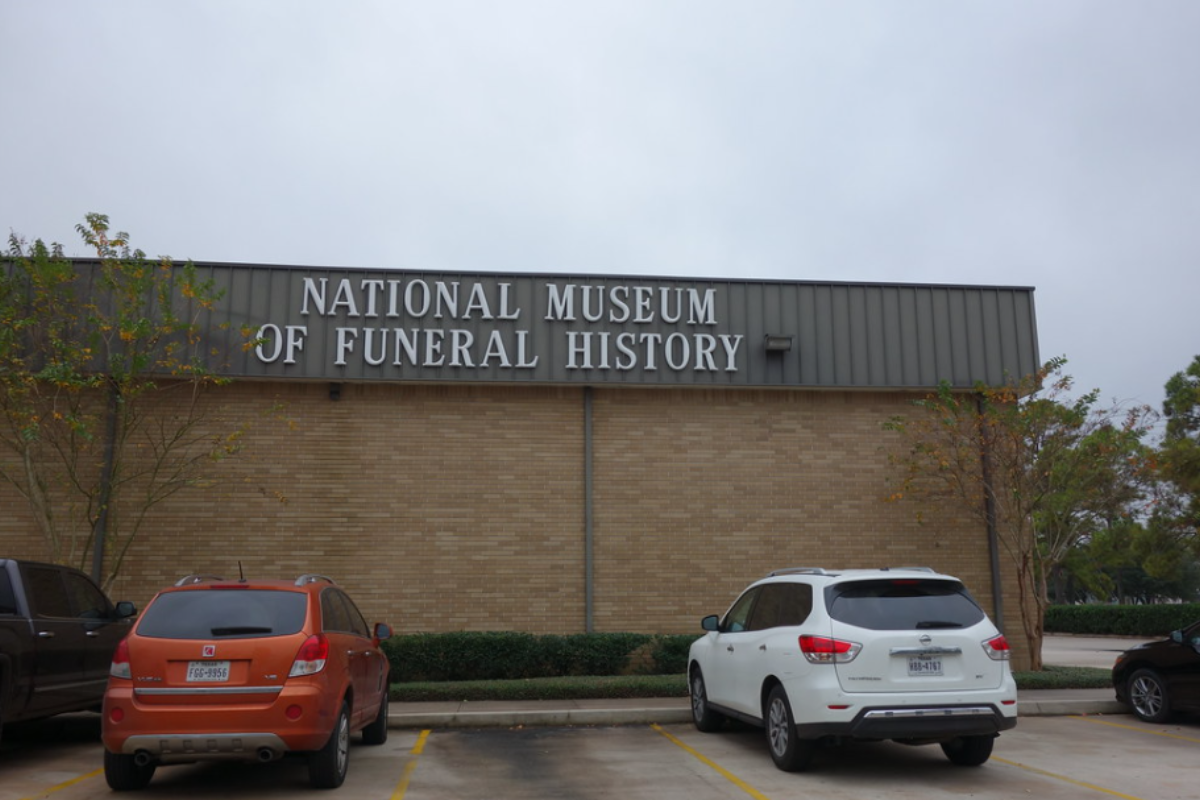
Houston, Texas, hosts this surprisingly upbeat 35,000-square-foot space dedicated to celebrating the heritage of final farewells across cultures and periods. Visitors can examine ornate historical hearses, inspect a recreation of Pope John Paul II’s funeral, and learn about embalming techniques used during the Civil War.
The museum’s collection includes the largest display of fantasy coffins from Ghana, where caskets are crafted to represent significant aspects of the deceased’s life.
Kazoo Museum
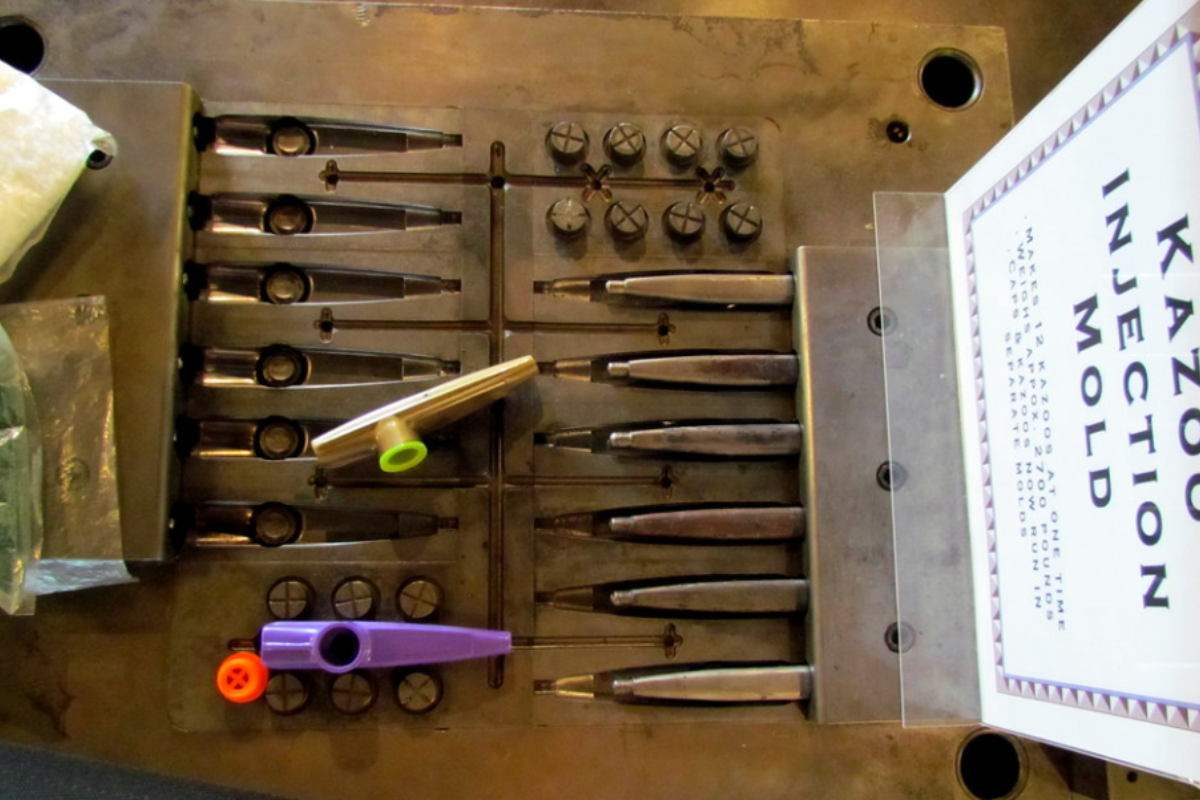
This tiny museum in Beaufort, South Carolina, honors the humble kazoo, a simple musical instrument that has maintained its distinctive buzzing sound since its American introduction in the 1840s. The museum houses over 200 historic kazoos and offers visitors the chance to make their own kazoo using original equipment from a factory that operated from 1916 until 2012.
Factory tours demonstrate how these simple instruments are manufactured, allowing music lovers to gain a newfound appreciation for this quintessentially American contribution.
Like Travel Pug’s content? Follow us on MSN.
Vent Haven Museum

Fort Mitchell, Kentucky, houses the world’s only museum dedicated to ventriloquism and its famous and obscure historical figures. Nearly 1,000 dummy figures with their wide eyes and hinged jaws line the walls and display cases, each with its history and personality captured in frozen expressions.
The collection includes memorabilia from famous ventriloquists like Edgar Bergen and Shari Lewis, creating an experience visitors describe as simultaneously fascinating and slightly unsettling.
American Sign Museum
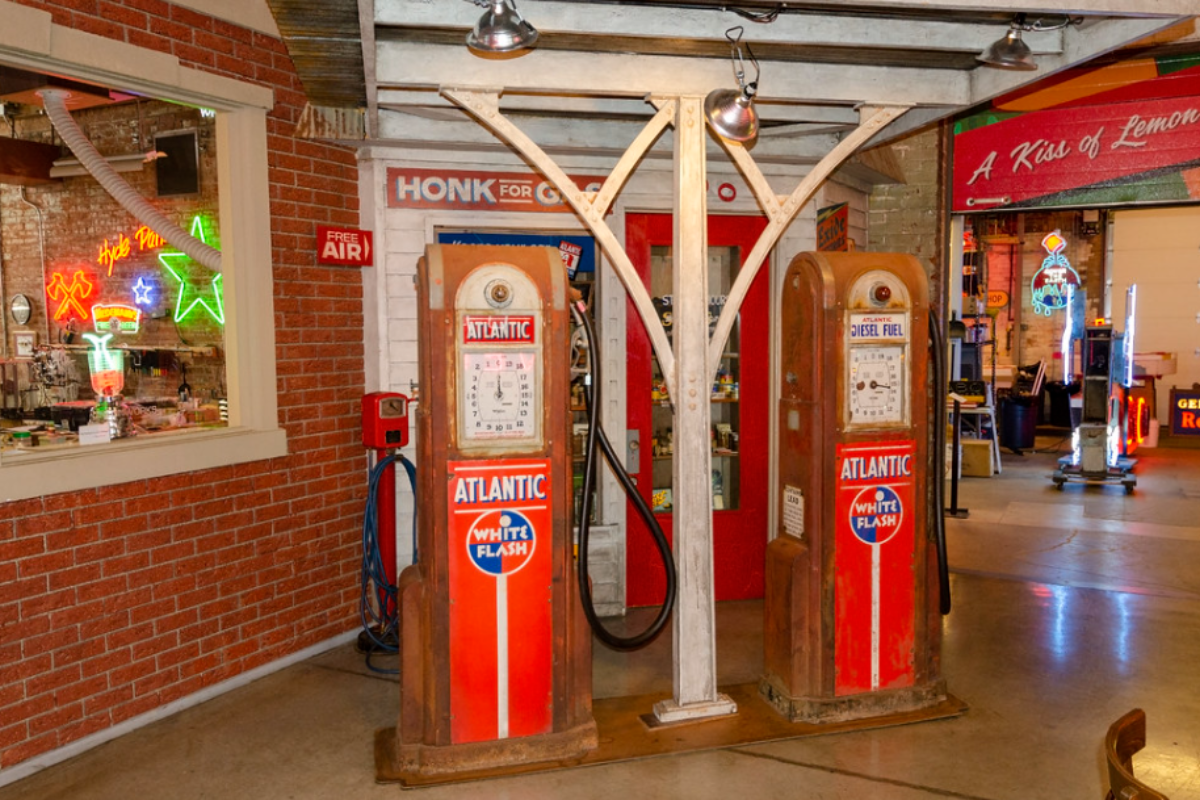
Cincinnati, Ohio, preserves the vibrant history of commercial signage with a 20,000-square-foot space filled with glowing neon, hand-painted advertisements, and early electric displays dating back to the late 1800s. The museum’s signs illuminate to create a kaleidoscopic journey through American advertising aesthetics, from gold leaf glass to the plastic revolution of the 1950s.
Visitors can watch neon bending demonstrations in the working sign shop while contemplating how these commercial artifacts reflect changing American visual communication.
International UFO Museum

Roswell, New Mexico, embraces its extraterrestrial connections with this museum dedicated to the infamous 1947 incident when something—either a weather balloon or an alien spacecraft—crashed on a nearby ranch. The exhibit presents government documents, witness testimonies, and physical evidence related to UFO encounters around the world.
The museum maintains a research library containing over 7,000 books for visitors seeking deeper knowledge about extraterrestrial phenomena.
Like Travel Pug’s content? Follow us on MSN.
The Museum of Bad Art
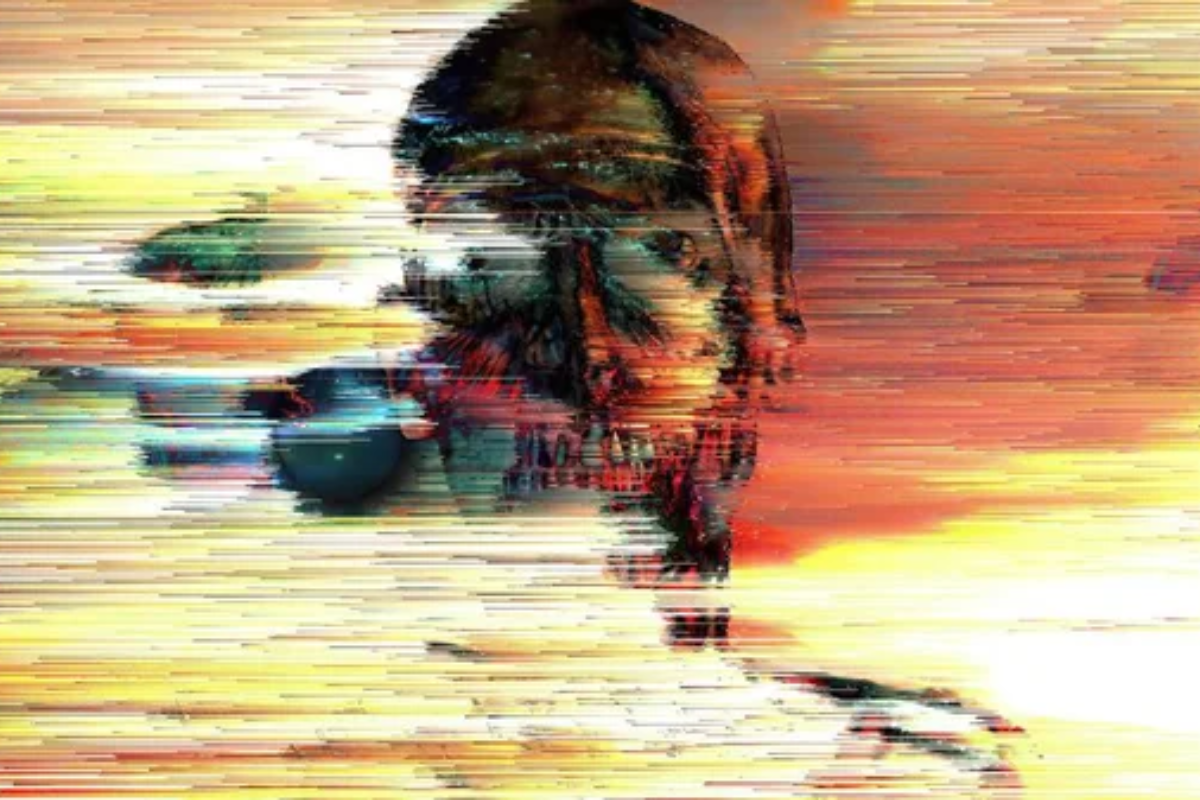
Dedicated to celebrating ‘art too bad to be ignored,’ this unique institution in Somerville, Massachusetts, displays paintings and sculptures that went wrong despite their creators’ earnest intentions. Curator Michael Frank began the collection after rescuing a particularly awful painting from the trash, eventually amassing hundreds of pieces characterized by strange perspectives and questionable artistic choices.
The museum’s motto— ‘art so bad it’s good’—captures the affectionate spirit with which these works are displayed.
Leila’s Hair Museum
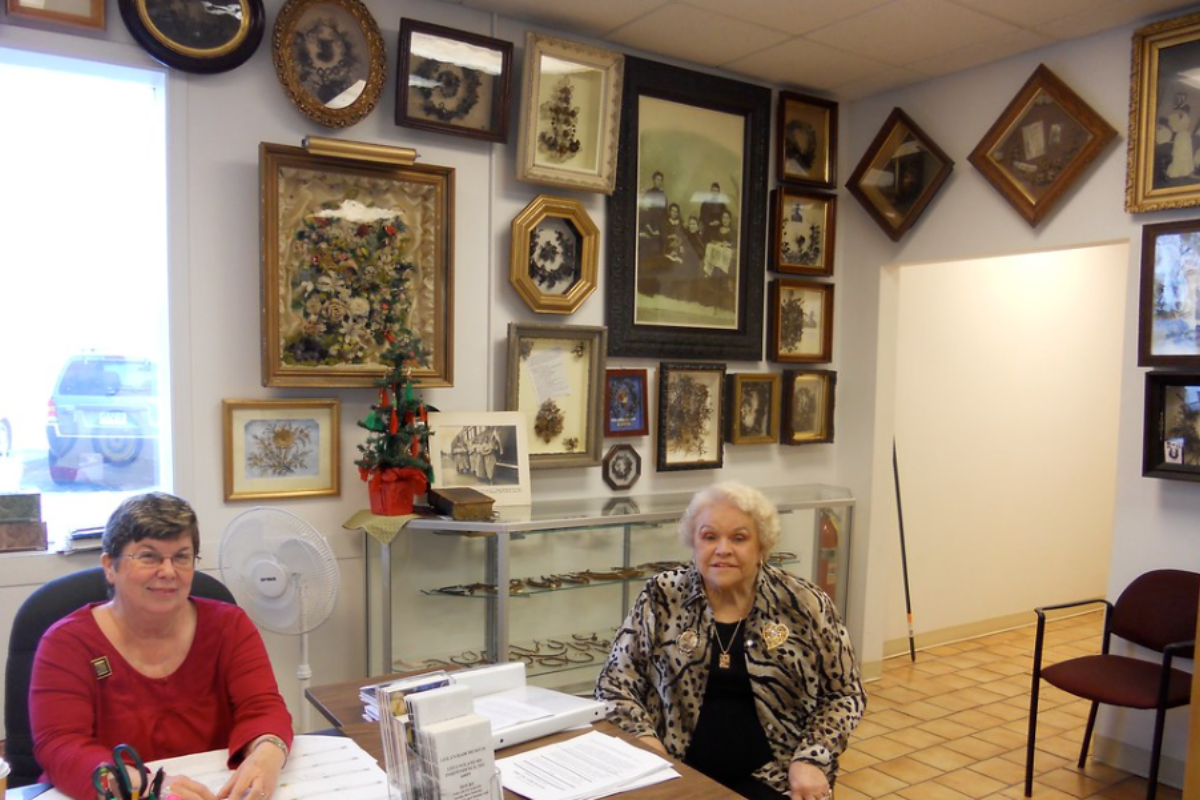
Independence, Missouri, houses the only museum in the world dedicated entirely to the Victorian art of hair jewelry and wreaths created as mourning keepsakes. Over 600 intricate wreaths and 2,000 pieces of jewelry containing human hair showcase this forgotten art form where loved ones’ locks were woven into elaborate floral designs or incorporated into brooches.
Founder Leila Cohoon, a former hairdresser, has preserved examples dating back to the 18th century, including hair from historical figures like Queen Victoria and four American presidents.
Museum of Osteology

Oklahoma City’s pristine white-walled space displays over 300 complete animal skeletons, from tiny shrews to massive elephants and whales, all meticulously cleaned and articulated. Exhibits show the skeletal adaptations that allow various species to survive in their environments, from the specialized shoulder blades of moles to the elongated fingers that support bat wings.
The museum’s specimens give visitors unparalleled views of animal anatomy and evolution’s engineering solutions to diverse environmental challenges.
Like Travel Pug’s content? Follow us on MSN.
Marvin’s Marvelous Mechanical Museum
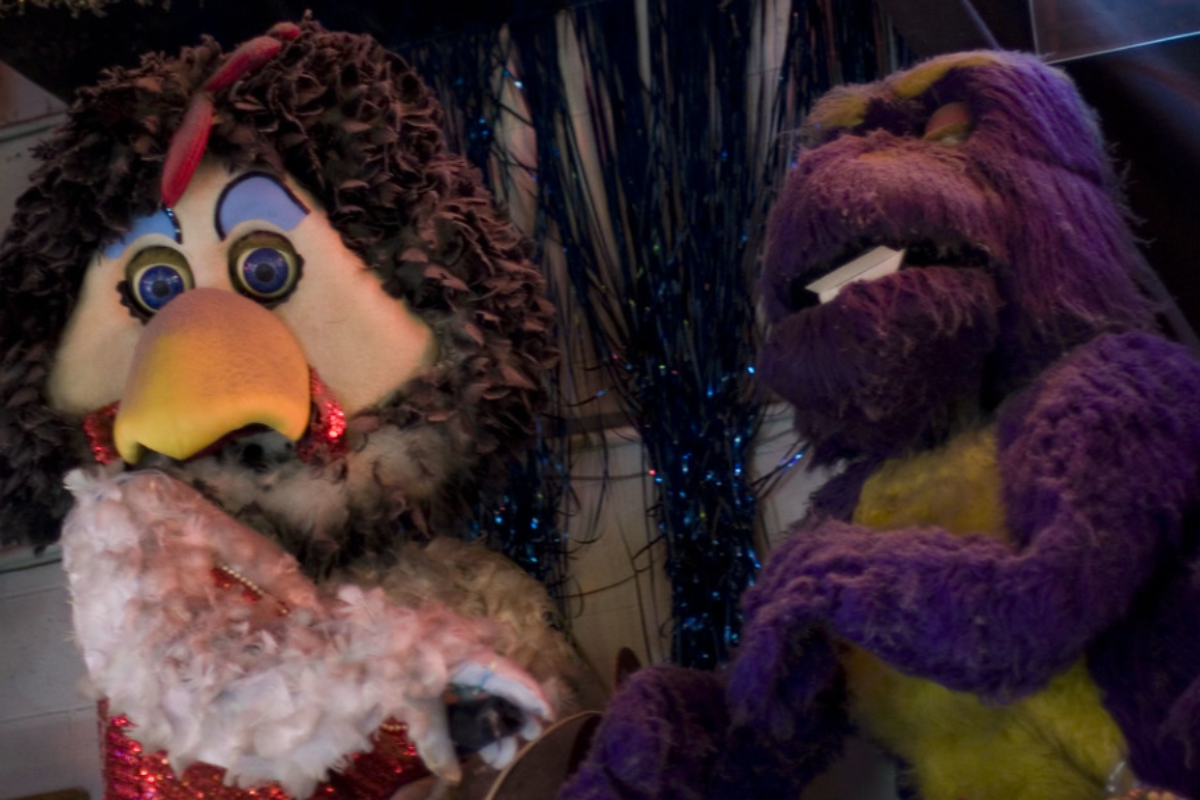
This cacophonous wonderland in Farmington Hills, Michigan, houses one of the world’s finest collections of vintage coin-operated machines, fortune tellers, and arcade games dating back to the early 1900s. Flashing lights, clanging bells, and mechanical music create a sensory overload as visitors navigate aisles packed with P.T. Barnum-style curiosities and automated dioramas.
Late owner Marvin Yagoda spent decades rescuing these entertainment relics, creating an immersive time capsule where everything still works—provided you have the quarters to bring these mechanical marvels temporarily back to life.
The Museum of Miniature Engineering
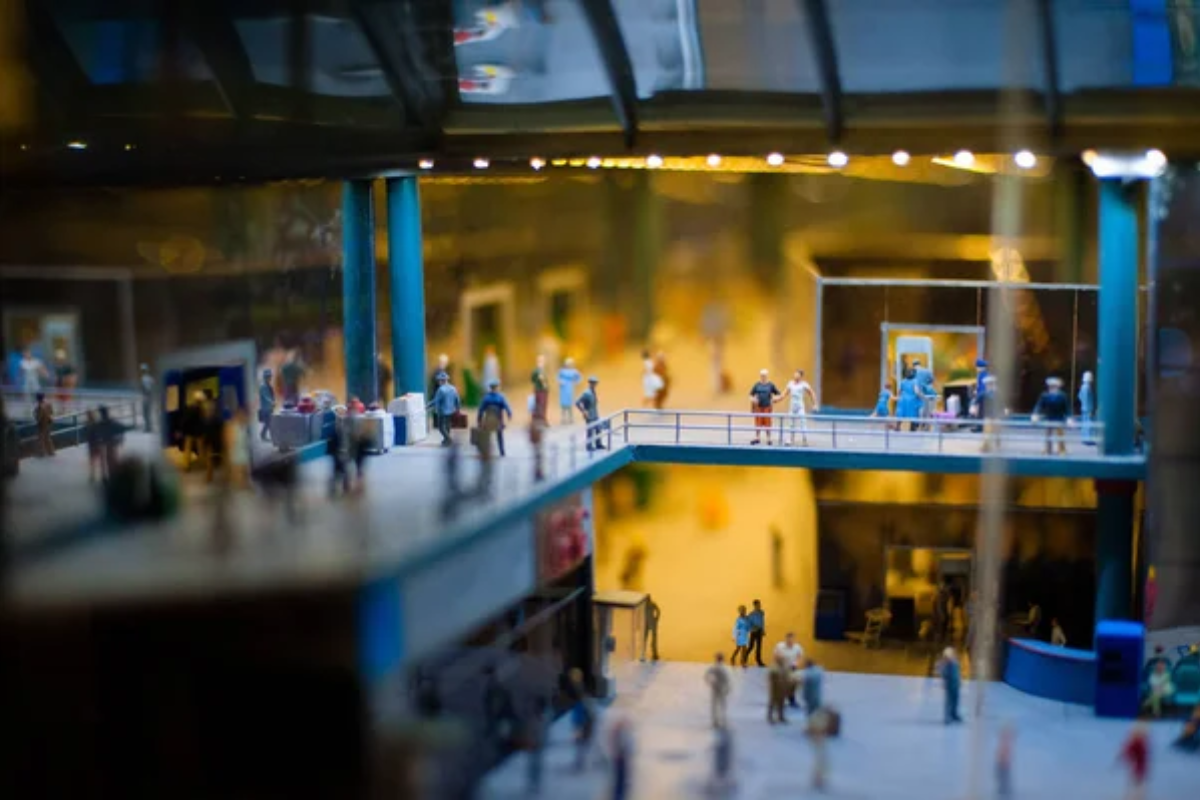
Carlsbad, New Mexico, showcases the astounding precision of miniature functional machines, including tiny working steam engines smaller than a dime and a revolver that fits on a pencil eraser. Craftsman Louis Chenot’s creations include a 1/6 scale 1932 Duesenberg SJ that took 15 years to build, with a miniature engine containing over 6,000 parts, all machined by hand.
Visitors require magnifying glasses to appreciate the incredible detail of these engineering marvels, which demonstrate both technical precision and profound human dedication.
American Visionary Art Museum

Baltimore’s celebration of self-taught artists fills a transformed whiskey warehouse with works created by individuals without formal training who followed their creative impulses. Exhibits feature everything from intricate toothpick constructions to embroidered visions recorded from dreams, highlighting creators who often worked in isolation.
The museum’s philosophy emphasizes creativity outside established traditions, celebrating artists who carved, assembled, painted, and stitched extraordinary works while bypassing conventional artistic education.
Like Travel Pug’s content? Follow us on MSN.
International Cryptozoology Museum
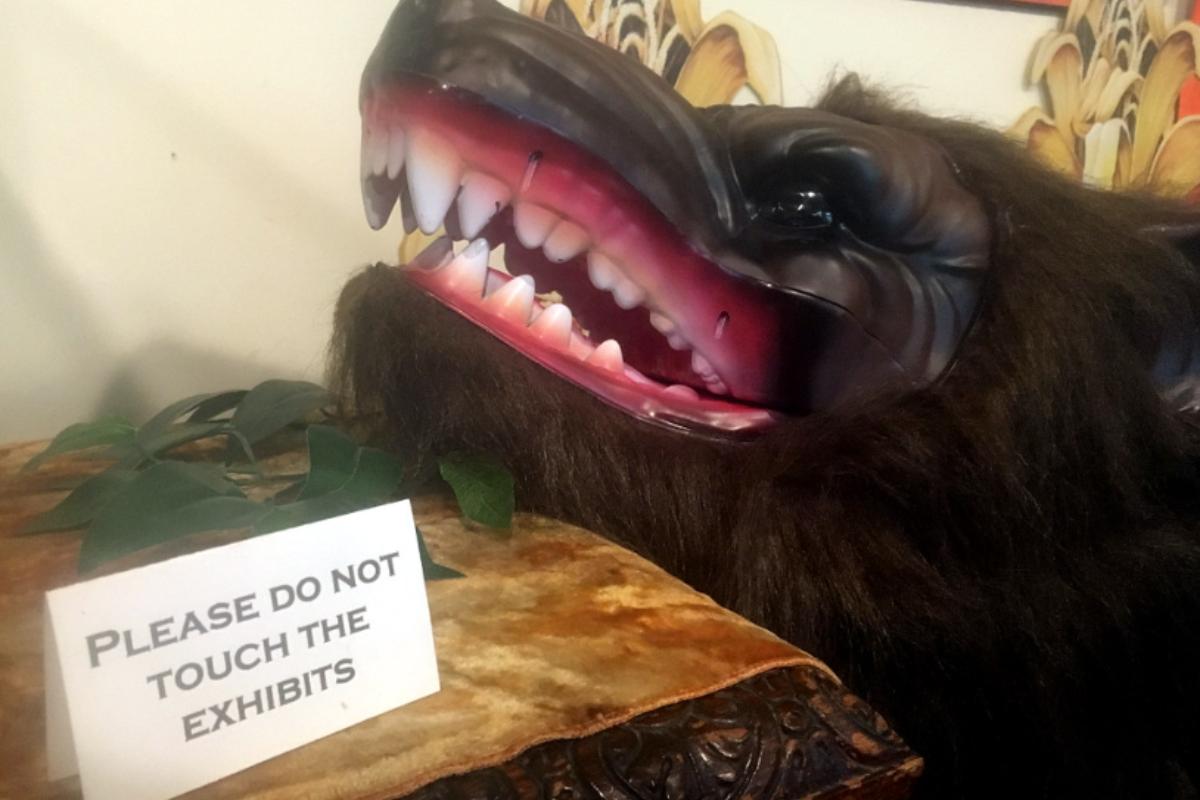
Portland, Maine, houses the world’s only museum studying hidden or unknown animals like Bigfoot, the Loch Ness Monster, and other creatures from the shadowlands between myth and zoological discovery. Founder Loren Coleman has assembled hair samples, footprint casts, and other potential evidence alongside cultural artifacts documenting humanity’s ongoing relationship with mysterious creatures.
The museum approaches its subject with scientific rigor rather than sensationalism, reminding visitors that previously ‘mythical’ animals like the giant squid were once considered cryptids before their eventual scientific confirmation.
Museum of the Weird
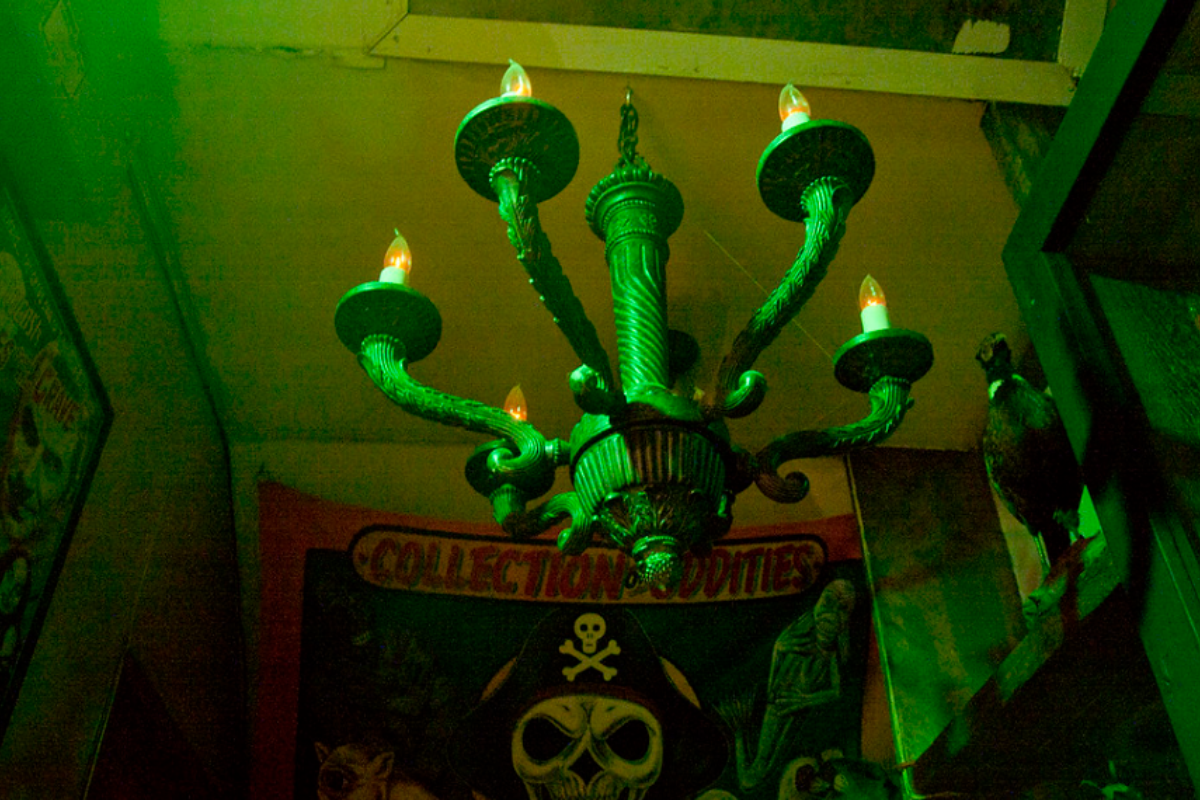
Austin, Texas, embraces its commitment to keeping the city ‘weird’ with this homage to classic dime museums and sideshows featuring shrunken heads, mummies, and various natural oddities. Visitors encounter Fiji mermaids, two-headed animals preserved in jars, and wax figures of famous movie monsters arranged in the tradition of P.T. Barnum’s American Museum.
The museum’s live demonstrations of unusual human abilities like sword swallowing harken back to the vintage carnival midway experience, preserving a uniquely American entertainment tradition.
The Neon Museum
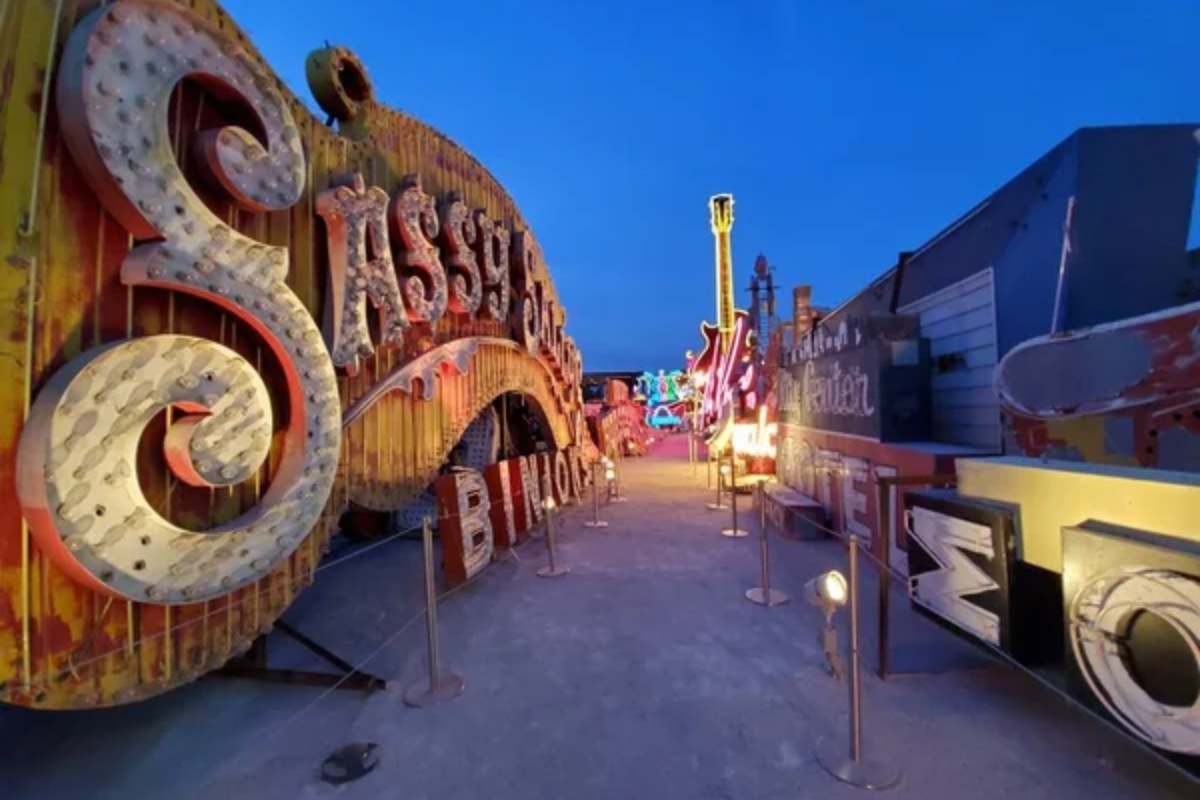
Las Vegas, Nevada, offers visitors a dazzling outdoor exhibition of iconic signs that once illuminated the Strip’s legendary casinos and businesses. Now, they are artfully arranged in a ‘neon boneyard.’ Each rescued sign tells a story of boom times, bankruptcy, and the ever-evolving visual culture of America’s playground in the desert.
Night tours transform the experience as select signs glow again, creating a hauntingly beautiful tableau of commercial art from a bygone era.
Like Travel Pug’s content? Follow us on MSN.
Road Less Traveled

These unusual museums preserve slices of culture that might otherwise be forgotten in our increasingly homogenized national landscape. Each collection represents a labor of love by individuals passionate enough to safeguard everything from roadside signage to medical oddities for future generations.
These quirky repositories remind us that America’s most interesting stories often hide in plain sight, just a short detour from the main highway.
More from Travel Pug

- 20 Mind-Blowing Things You Probably Didn’t Know You Could Do in the U.S.
- The Best Cruise Ship Experiences for U.S. Citizens
- The Best U.S Travel Destinations for Golf Lovers
- The 25 Most Dangerous Cities in the World (Exercise Caution if Travelling There)
- The Best Fall Foliage Spots in New England (Must-See Places)
Like Travel Pug’s content? Follow us on MSN.
